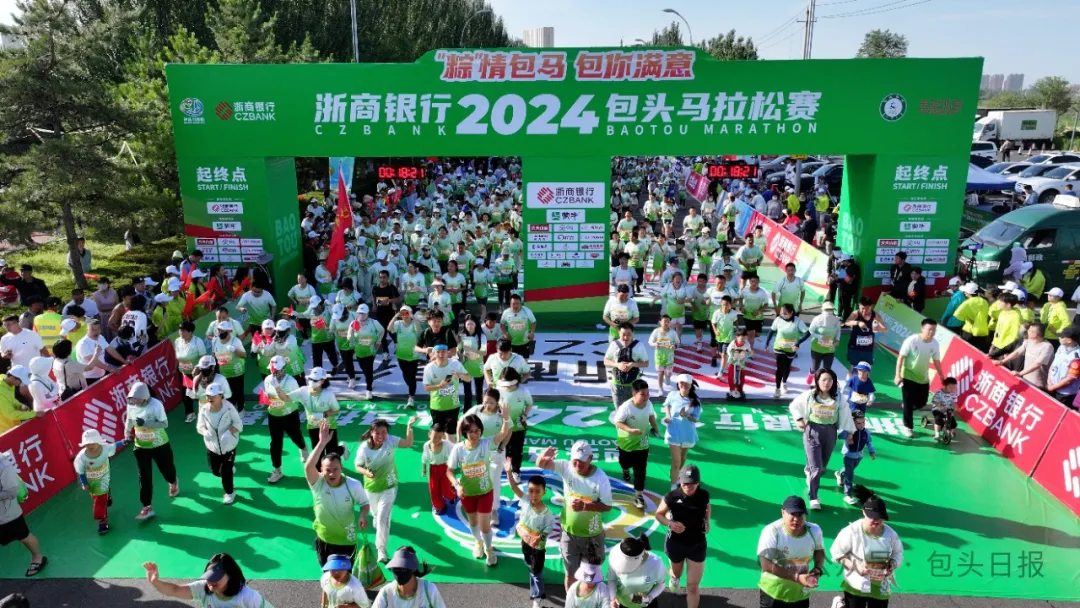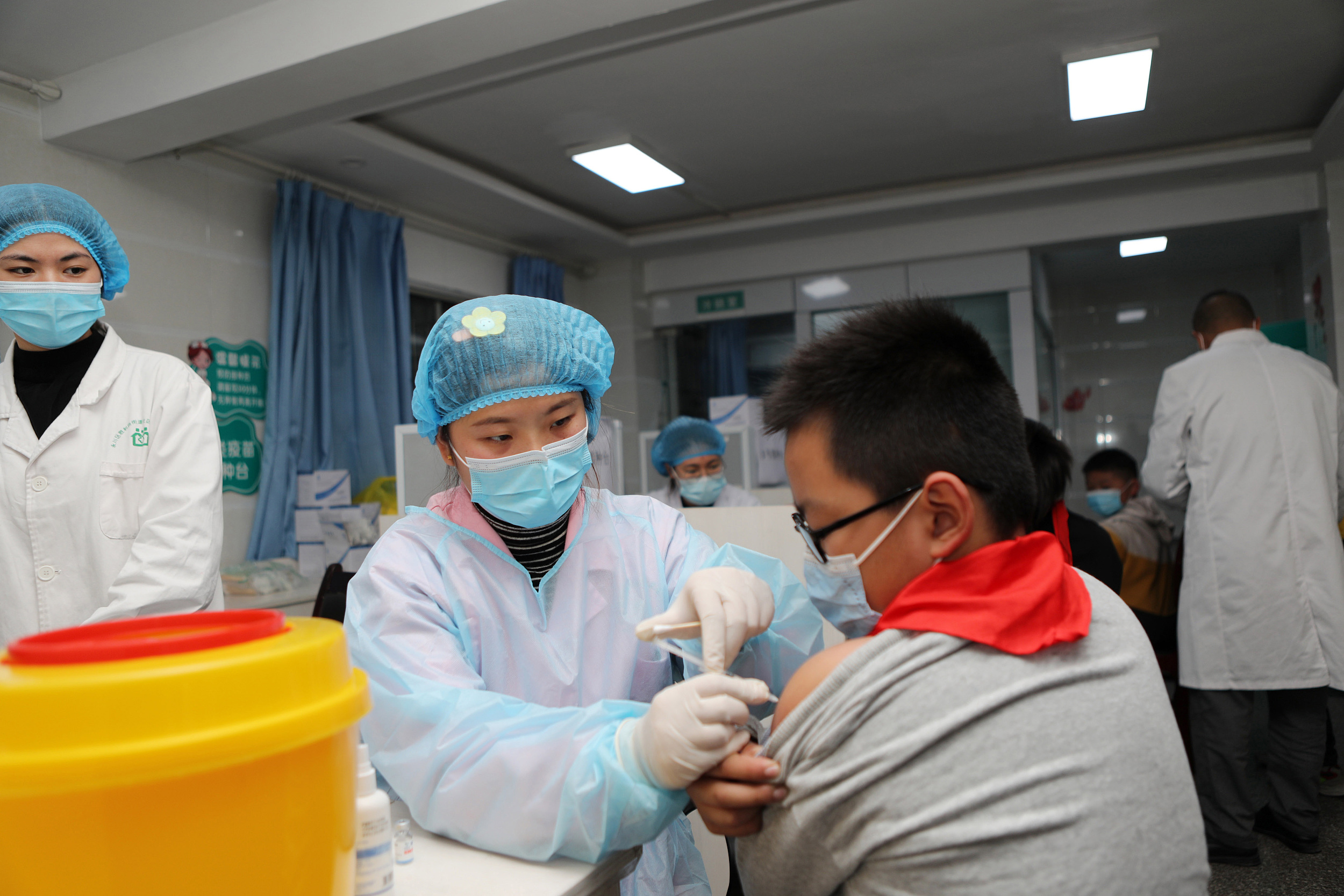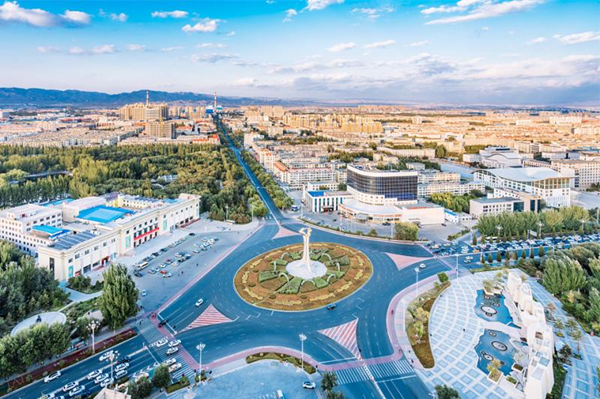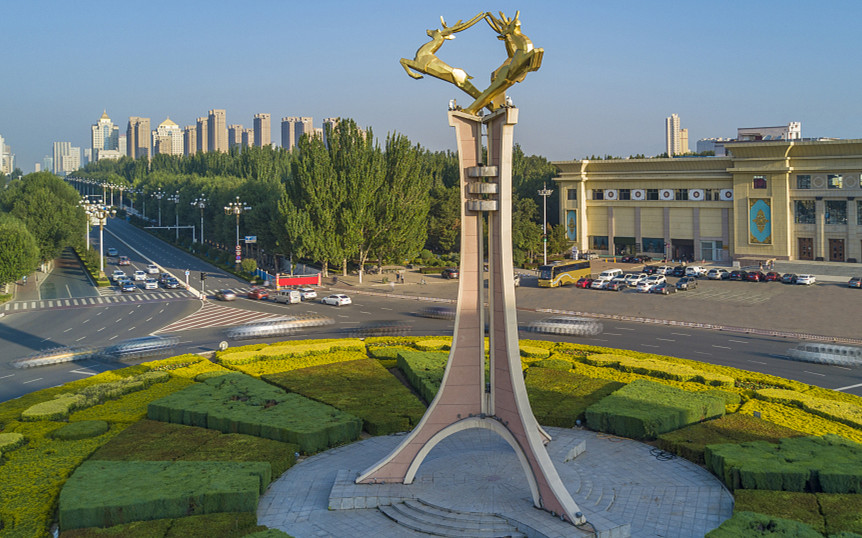Inner Mongolia to further combat pollution
North China's Inner Mongolia autonomous region regards steadily improving the quality of the environment as an important part of developing an ecological safety barrier in northern China, and is ramping up its fight against pollution, according to information from the Inner Mongolia Department of Ecology and Environment.
Inner Mongolia's plans to combat pollution include improving air, water, and soil quality.
To reduce air pollution, the continuous improvement of environmental air quality in Hohhot, Baotou, Wuhai, and surrounding areas is the key task.
Inner Mongolia will promote the ultra-low emission transformation of key industries such as steel, coking, and electric power, and promote the control of three major pollution sources: industry, coal, and motor vehicles.
By 2025, Inner Mongolia is expected to have mostly eliminated severely polluted air.
To reduce water pollution, comprehensive environmental treatment for the region's Hulun Lake, Wuliangsu Lake, and Daihai Lake will be conducted.
Efforts will also be made to protect the excellent water quality of the Yellow River and promote the elimination of inferior Class V water bodies within the basin.
To combat soil pollution, Inner Mongolia will adhere to the principles of prevention first, protection priority, risk management and control, strengthening risk source management and control, and treatment and restoration of soil and groundwater.
It will also promote the environmental improvement of rural areas, strengthen the supervision and guidance of agricultural source pollution prevention and control and domestic sewage treatment, comprehensively improve the living environment, and build livable and beautiful villages.





 Sketching and creation tour in Baotou
Sketching and creation tour in Baotou